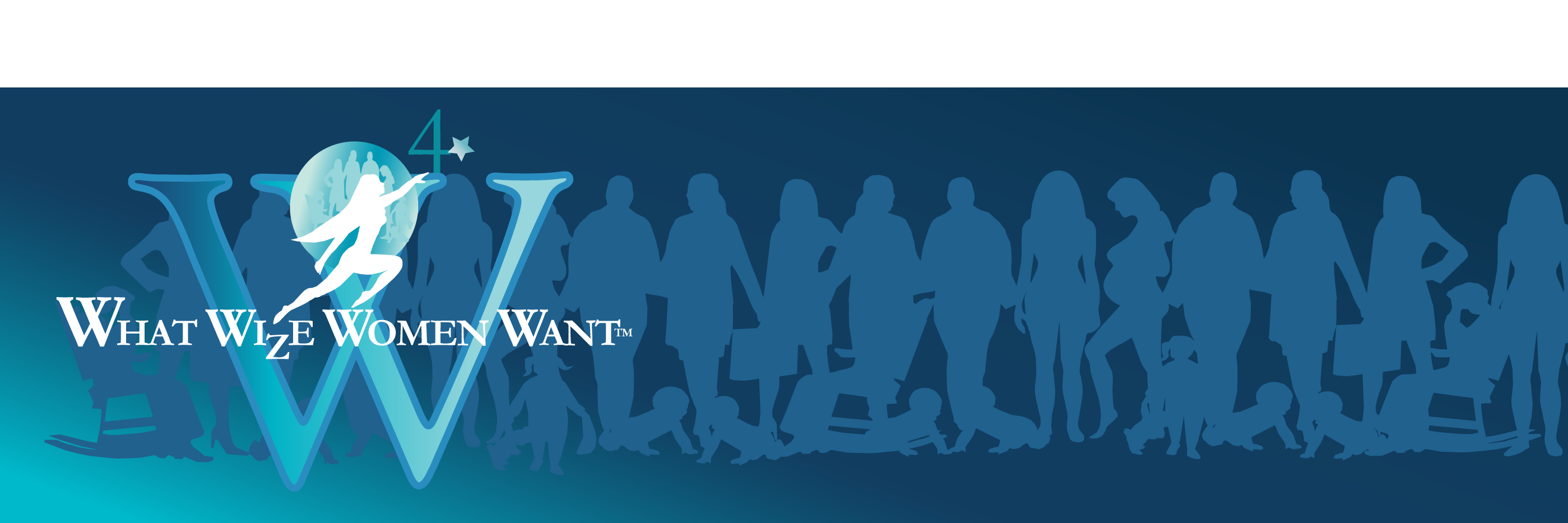 All textbooks were rewritten and gained the prestige of the National Education Association. At the 72nd meeting of the NEA in 1934, Dr. Willard Givens, president for 17 years until 1952, stated, ” We are convinced that we stand today at the verge of a great culture…But to achieve these things many drastic changes must be made. A dying laissez-faire must be completely destroyed and all of us, including business owners, must be subjected to a large degree of social control”. Dr. Givens remained a close friend and confidant of Dewey’s.
All textbooks were rewritten and gained the prestige of the National Education Association. At the 72nd meeting of the NEA in 1934, Dr. Willard Givens, president for 17 years until 1952, stated, ” We are convinced that we stand today at the verge of a great culture…But to achieve these things many drastic changes must be made. A dying laissez-faire must be completely destroyed and all of us, including business owners, must be subjected to a large degree of social control”. Dr. Givens remained a close friend and confidant of Dewey’s.
Dr. Harold Rugg, another professor at Columbia and partners with the above in the Frontier Thinker group, was given the task of revising the texts. In Great Technology, 1933, he writes, “A new public mind is to be created. How? Only by creating tens of millions of new individual minds and wielding them into a new social mind. Old stereotypes must be broken up and new climates of opinion formed in the neighborhoods of America. We know now that a large group of middle men of sales, money, investment and credit have injected themselves into our economic system…Most of them are exporters. The postulate follows that the economic system can be operated efficiently and humanely only by the elimination re-education and assignment to productive work of the patriotical members of this group of middlemen”. In other words, the destruction of the small businessman and complete control of the government over the lives of every citizens was their goal. Schools were to be used to transform American political and economic institutions and create a “new public mind”.
“Through the schools we shall disseminate a new concept of government- one that will embrace all of the collective activities of men: one that will postulate the need for scientific control and operation of economic activities in the interest of all people”. This new concept in government would:
1) develop a new philosophy of life and education appropriate to the new social order
2) build a plan for the production of a new race of uneducated workers
3) make new activities and materials for curriculum.
A variety of subjects were then consolidated into the term “Social Studies”.
Approximately five million children “learned” American political, economic history and structure in the 1930’s from these socialist texts by Rugg. Additionally, the teachers’ guides, course outlines and student workbooks were restructured. Part of this program included the downgrading of American heroes like Lincoln, Jefferson and Washington as well as the Constitution and an anti-religious bias. Class hatred was a predominant theme. Dr. Counts writes,” In view of the absence of class mutuality of workers, it would be reasonable to assume that it is the problem of education to induce such mentality rather than an existing mentality and base a course upon it”. This clearly reflects Lenin strategy “incite one against another”. Finally, history is presented in the texts as a long class struggle.
In 1940, the NEA promoted the “Building America” series for Social Studies. It was twenty years later that the Senate of the United States found that “113 Communist front organizations wrote these texts and that 50 authors were Communists from foreign countries like Webb who was head of the Fabian Socialist movement in Great Britain”. TODAY these texts and their ideologies are still found in the public schools!
Todd and Curte in American History a text for high school wrote, “the founding fathers were determined to keep control of government in the hands of the well-to-do whom they considered more stable, more judicious and more temperate than the poorer and less educated people”. The same holds true in the textbooks that were engineered by these men to downplay the founding fathers. In History of the American Way, by Faulkner, Kepner and Merrill, the same theme is used to describe the Constitutional Convention, “…the delegates were conservative or slow to change. And that is easy to understand. They were the property holding class…Two important groups were not well represented…First, the common man was not represented by any delegate who was a mechanic or small farmer or such like. Second, most of the Revolutionary ‘radicals’ were absent.” The deceit of these statements lies in the fact that the delegates to the congress were conservative in that they drew upon the accumulated wisdom and experience of past events framing the Constitution. To describe them as slow to change is absurd. They were the group, which instigated, financed and fought the revolution. Another deceit perpetuated by these textbooks is the failure to tell the student that at the time of the Constitution 90% of all Americans were property owners! These deceptive threads of class struggle themes run throughout ALL of their reformed texts.
In The American Story, a high school text, by Gavin and Hamm, Mary Lease the English socialist was quoted as saying, “Wall Street owns the country. It is no longer a government of the people, by the people and for the people, but a government of Wall Street. The parties lie to us…the people are at bay: let the bloodhounds who have dogged us thus far beware!” With school children being educated in this ideology, is it any wonder that government expenditures for welfare during these prosperous years as a nation, skyrocketed? Class struggle notions discourages thrift saving and family responsibility and justifies welfare.
In the first grade reader Our New Friends there is a story called ‘Ask For It’. In this story Bobby, a little squirrel, eats all of his nuts. The other squirrels suggest that Bobby store his nuts for winter but he ignores the advice. Winter came with the first snow and Bobby had no nuts. He remembered that the boy in the white house had saved all of his. Bobby went to the boy in the white house and asked for some nuts, which he got. The lesson Bobby learned,” Well”, thought Bobby. “I know how to get my dinner. All I have to do is ask for it!”
In American Government, by Magruder, a high school text, under ‘Medical Service Under Our System of Free Enterprise’ states, “In democracy, we believe in evolutionary methods rather than the revolutionary methods of a dictatorship; and under our free enterprise system, competition improves the standard of service and tends to reduce the cost. Therefore, instead of jumping into socialized medicine, why not have the government support projects like…federal aide for training of doctors, federal funds for hospital construction, and government payment of hospital costs.”
The recurring theme in these texts is the design of a World Government under the United Nations for a collectivist society. This initiative was spearheaded by the National Education Association under UNESCO (United Nations Educational Scientific and Cultural Organization). This group envisioned that the ‘destruction of child’s love of country and patriotism was the first step to world citizenship’. In Volume V of American Government, “Before the child enters school, his mind has already been profoundly marked and often injuriously directed by earlier influences… first gained, however dimly, in the home…it is frequently the family that infests the child with extreme nationalism. The school should therefore use the means described earlier to combat family attitudes”!!!!!!!
In the teaching of history and geography, UNESCO decided that the under-education of children was important to a worldview. Children would only be taught the beauty and good things about nations through the pages of texts rather than the strife and conflict that in reality exists among nations. “In this way a child will gradually lose the habits, prejudices and will; it will be easier to implement a world-mindedness”.
Even today, the NEA’s Commission for Defense of Democracy reports that they compile the most “complete report of critics of education” who would complain about the indoctrination of children. Is the function of the NEA- to improve the education of America’s children or stifle criticism of the present methods of education?
In the late 1800’s, prior to the transformation of curriculum content, the McGuffy Reader was introduced as a textbook. Children in the early years were not spoon fed information. The expectation was much higher. The vocabulary was far more advanced. The underlying principles in these texts was subtle yet provocative. The incorporation of a morality and values system was evident in each story and poem. The reading lessons were reflections of life’s lessons and virtues to be admired and modeled. A first grade McGuffy Reader is the equivalent to a fourth year reader today. Lack of depth and relevance in modern texts denies the reader understanding and comprehension.
The math books were much the same in the late 1800’s. Children learned accounts receivable and payable at a very early age, eight or nine, presumably in preparation to manage the farms and mercantile businesses.
